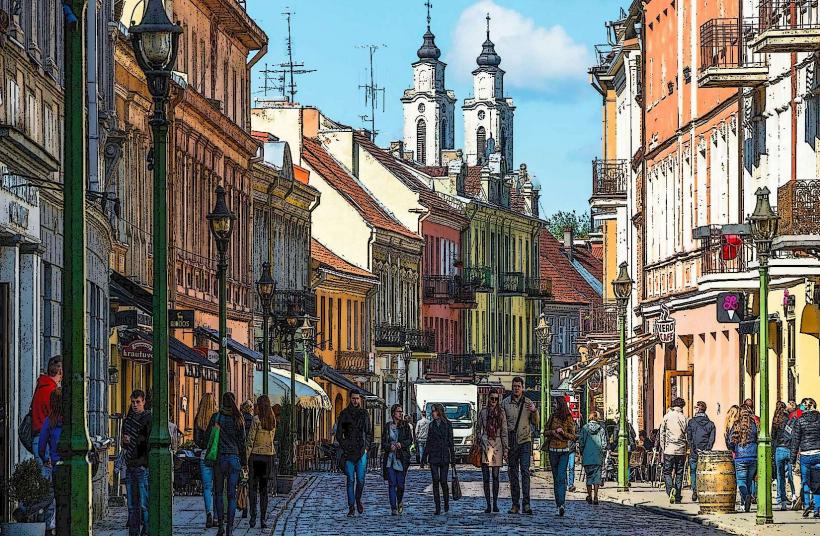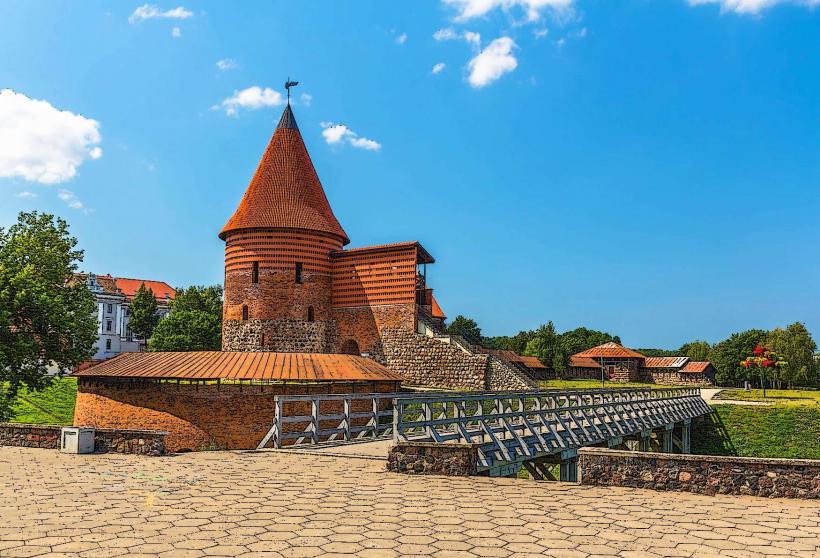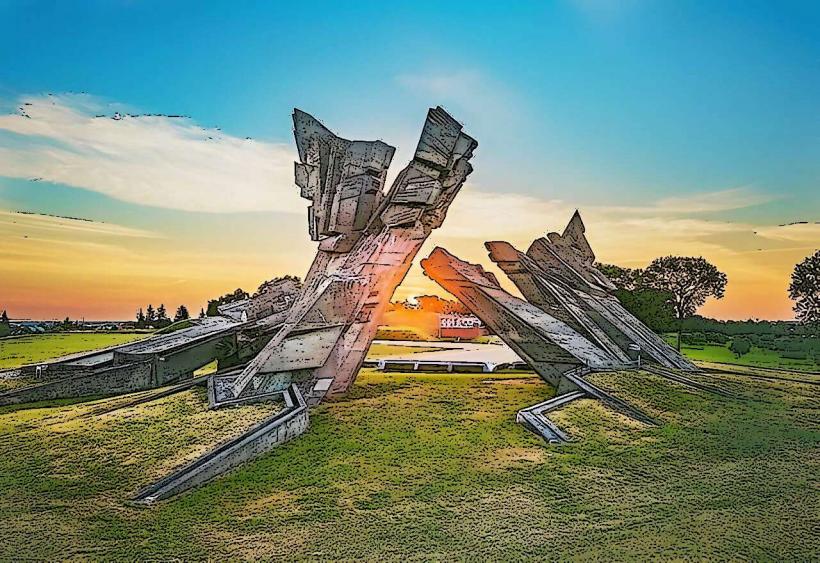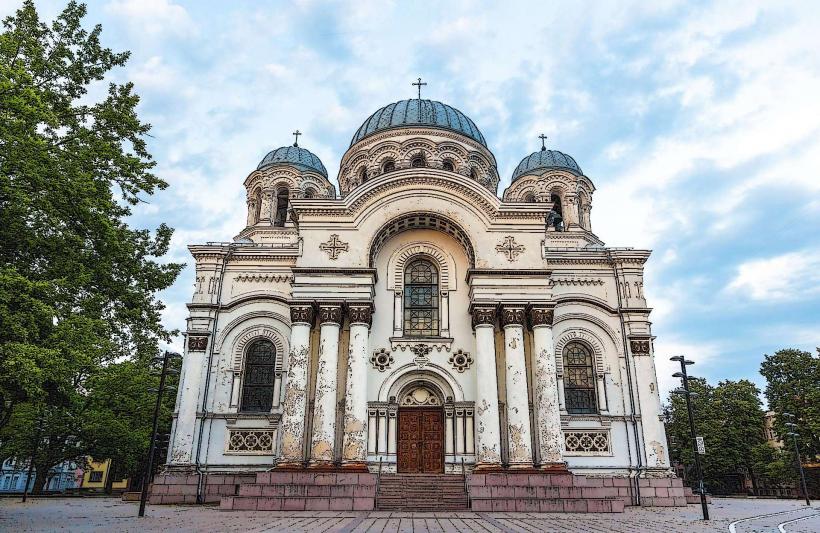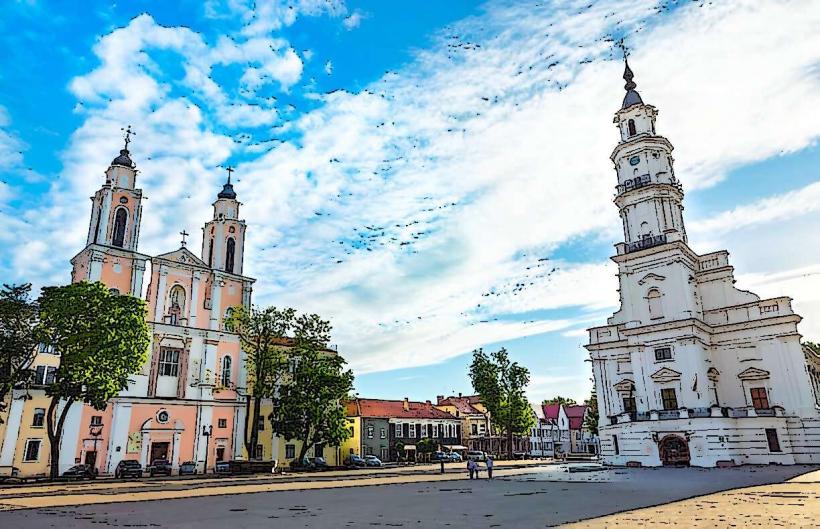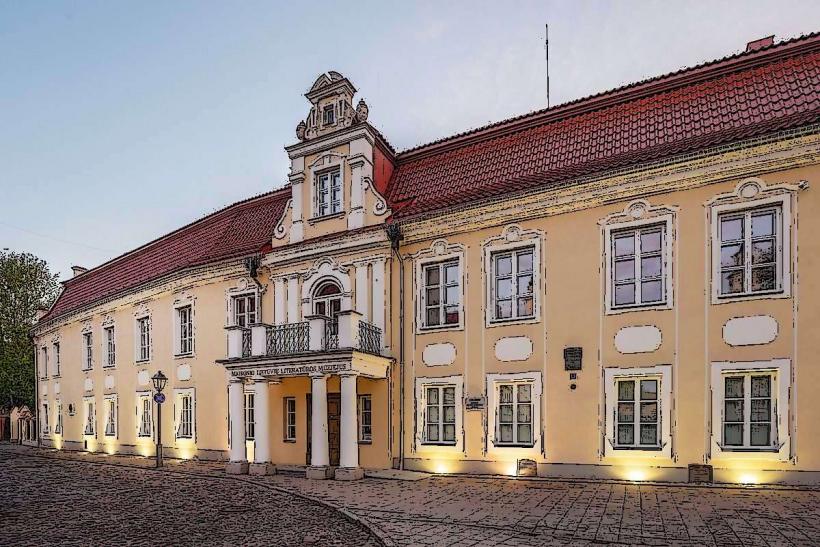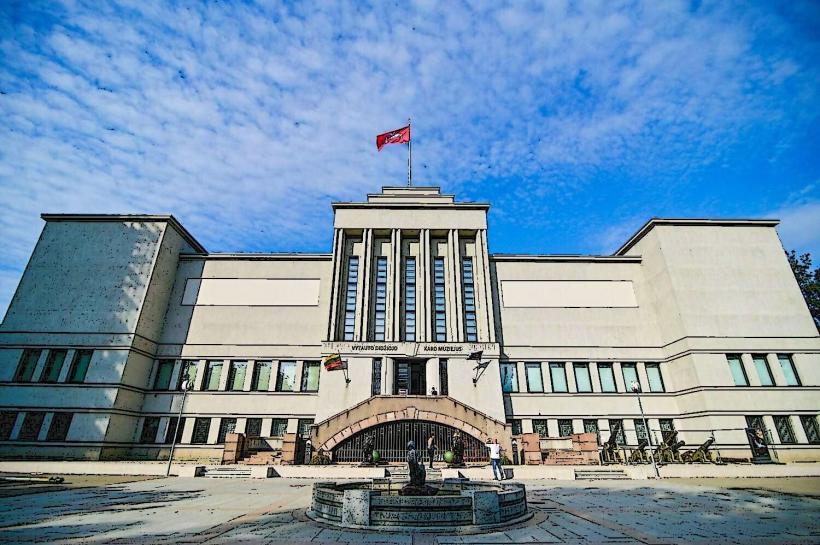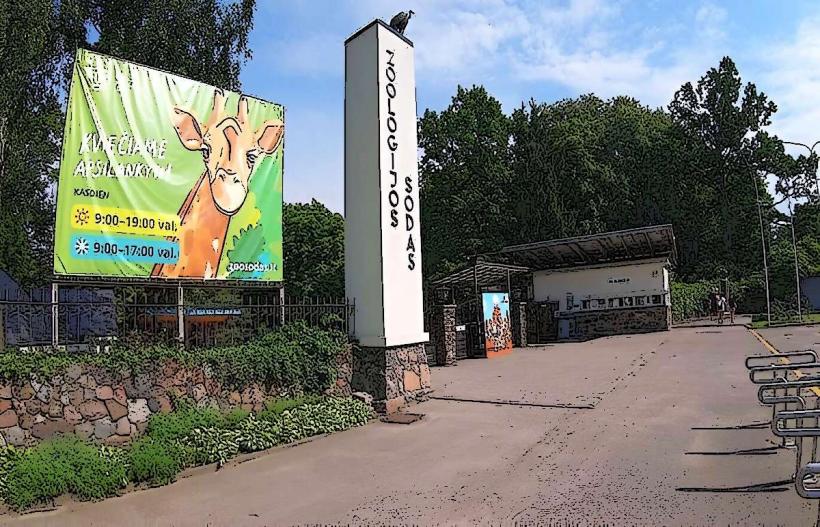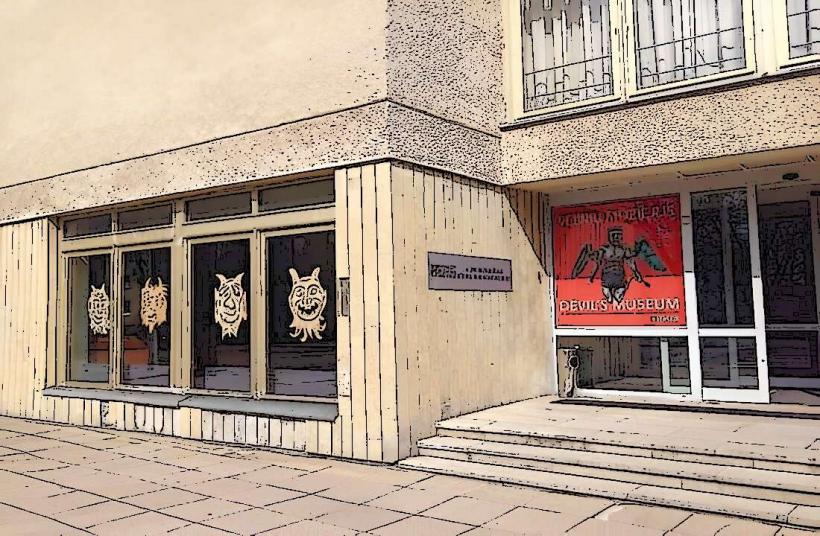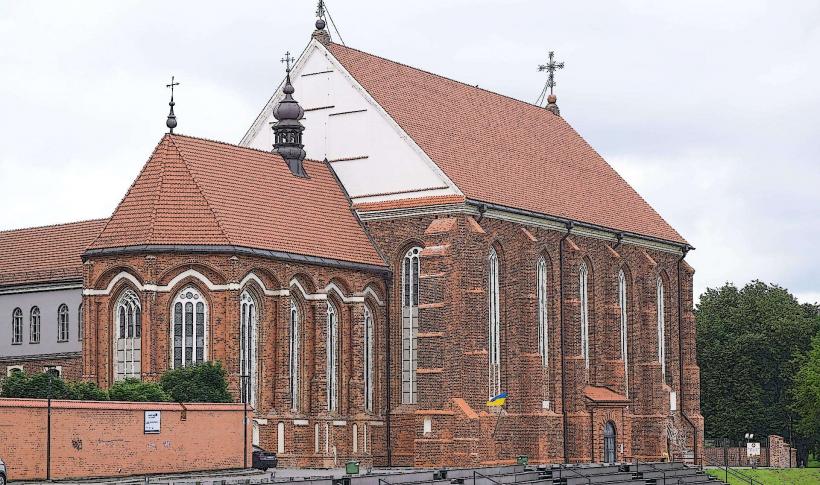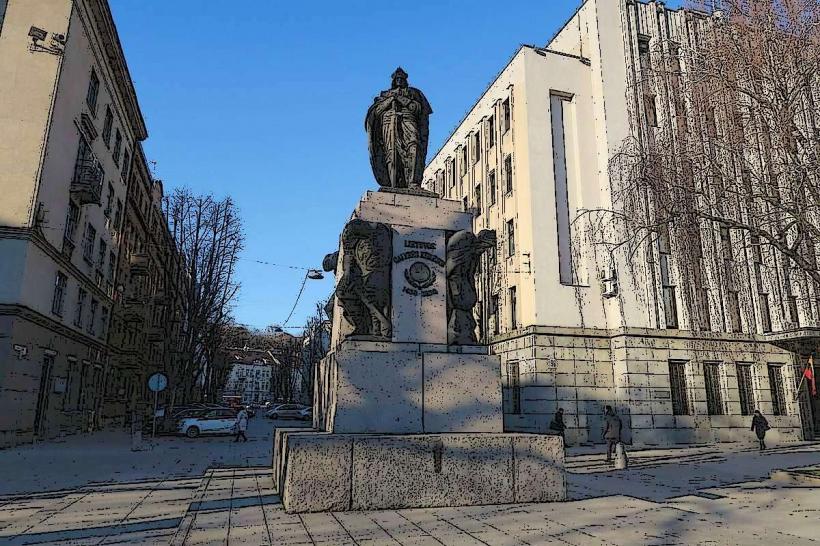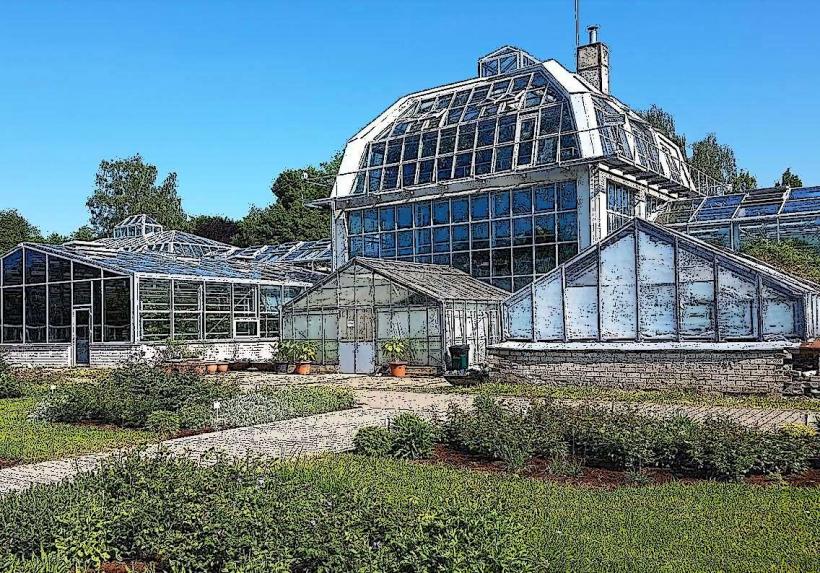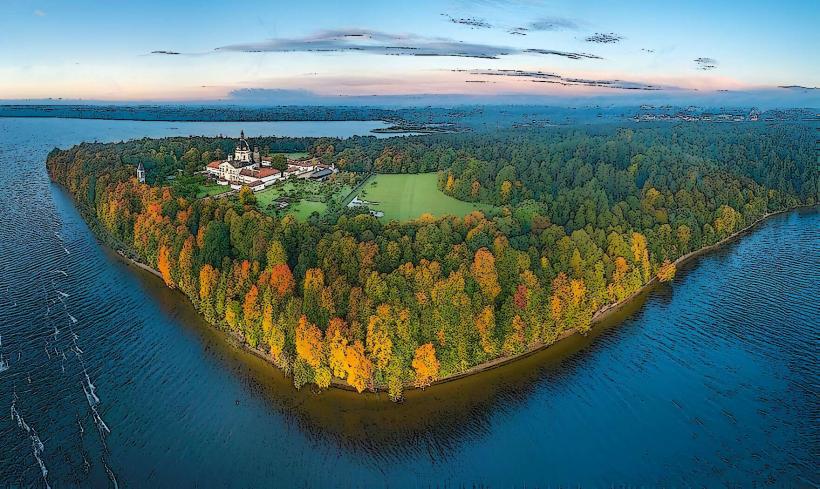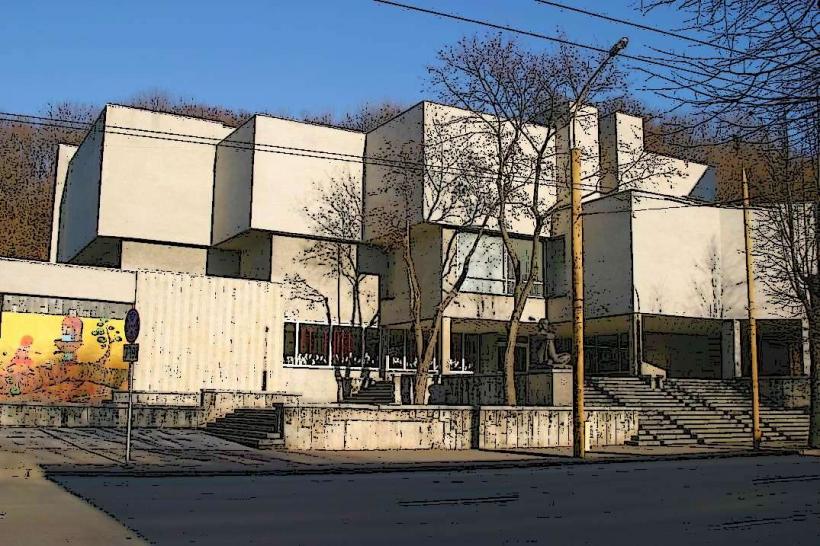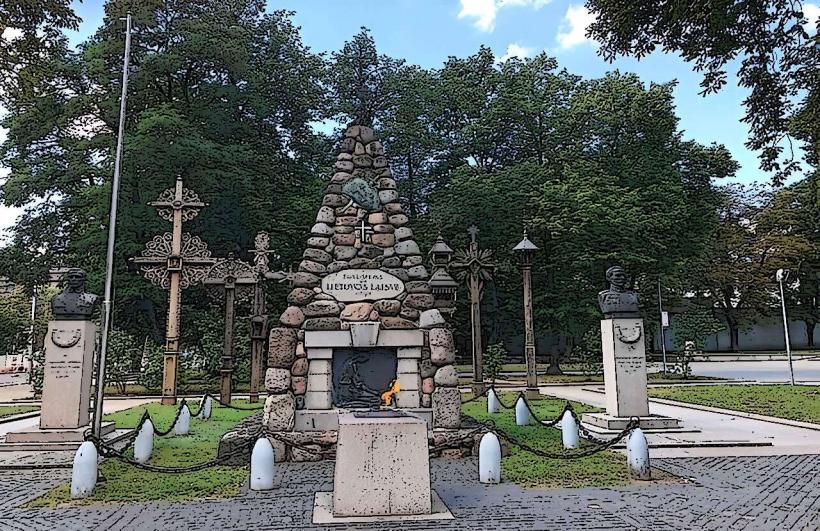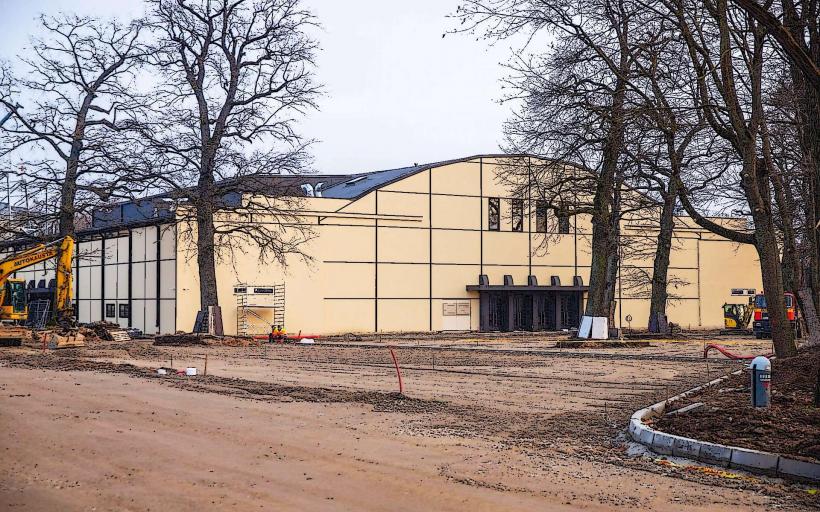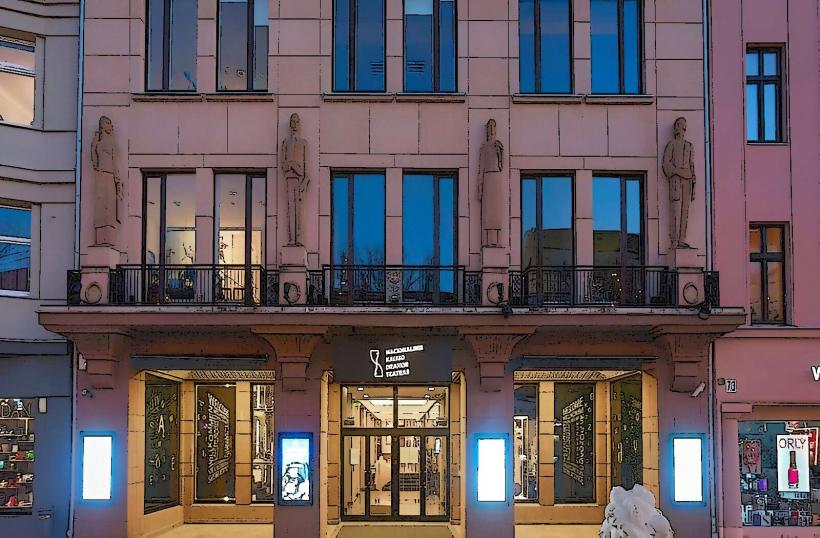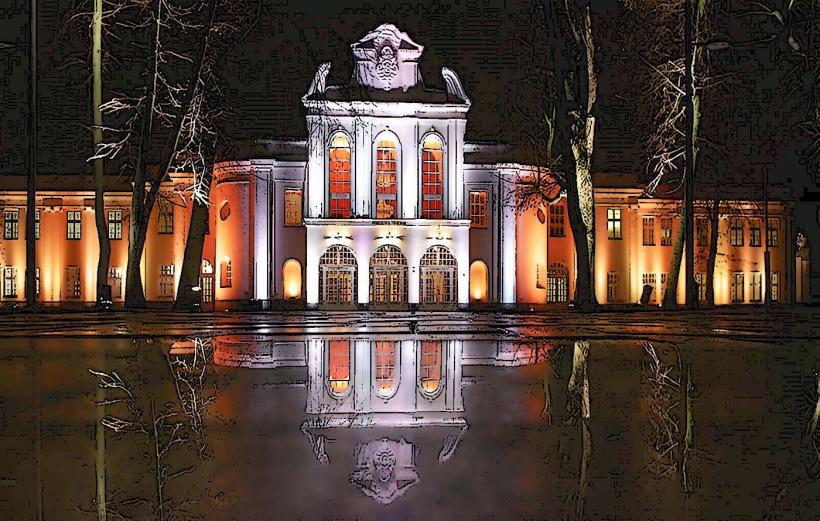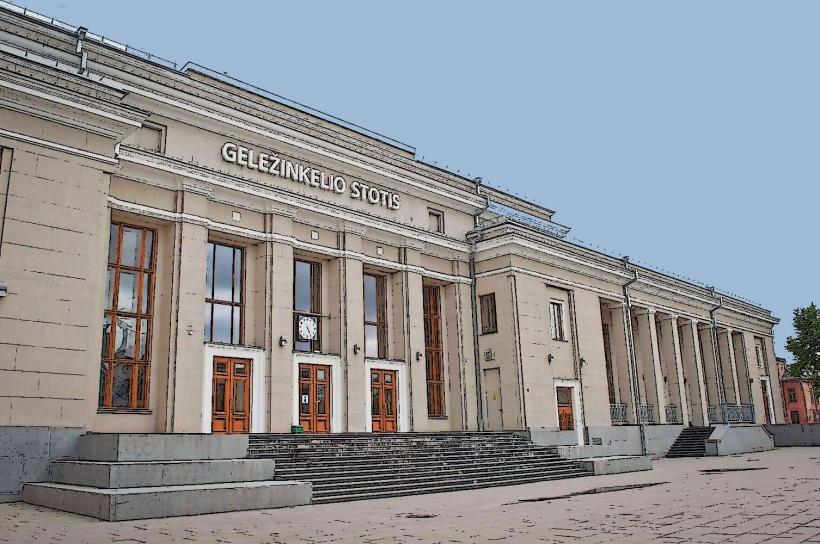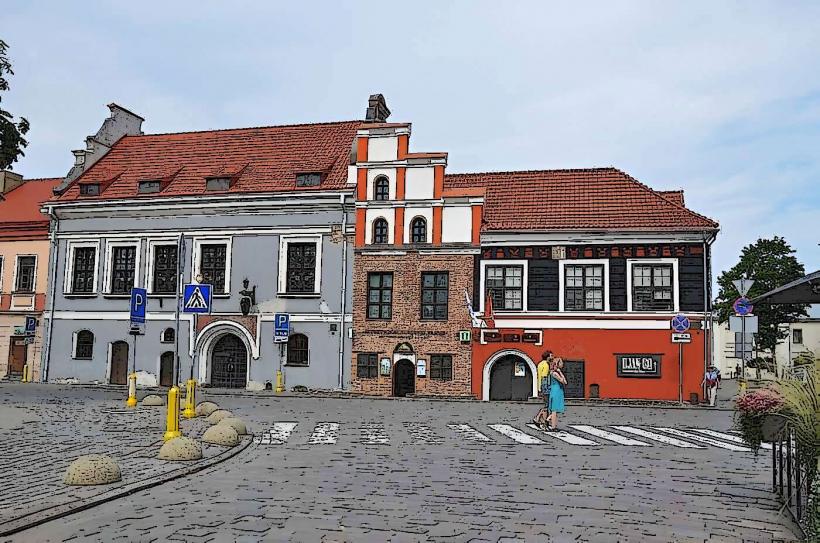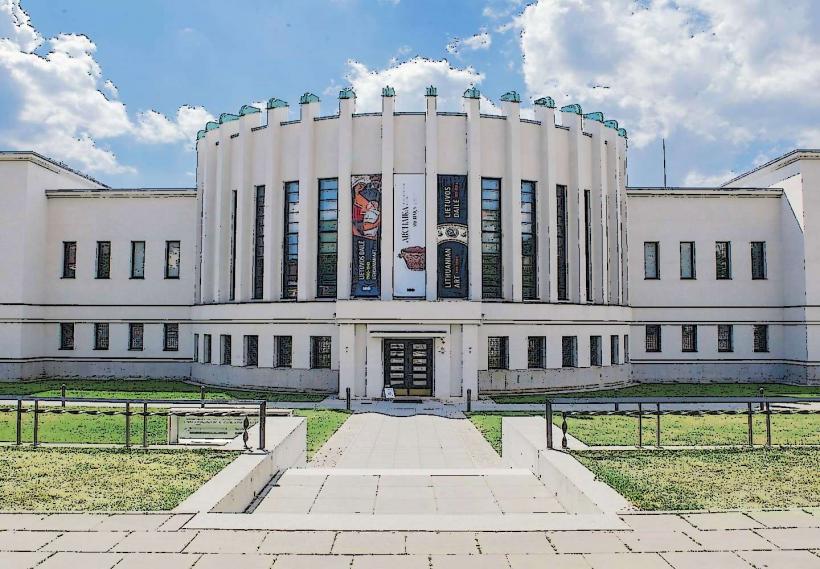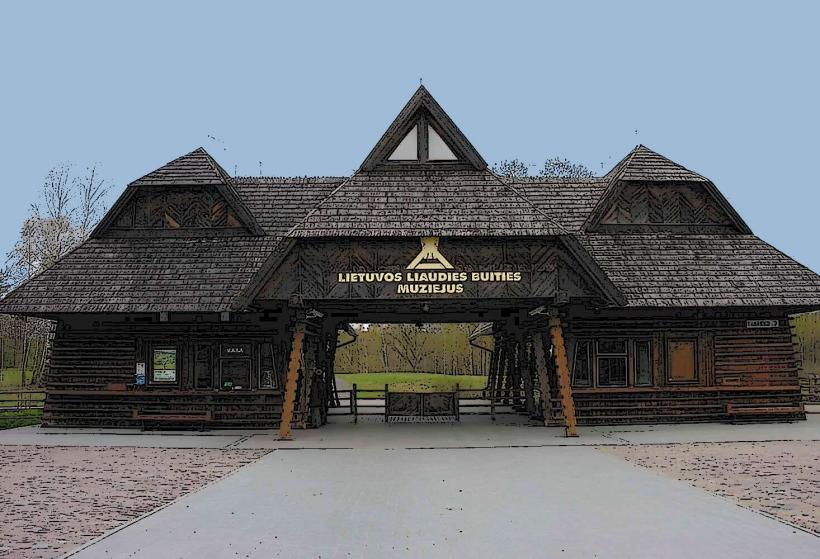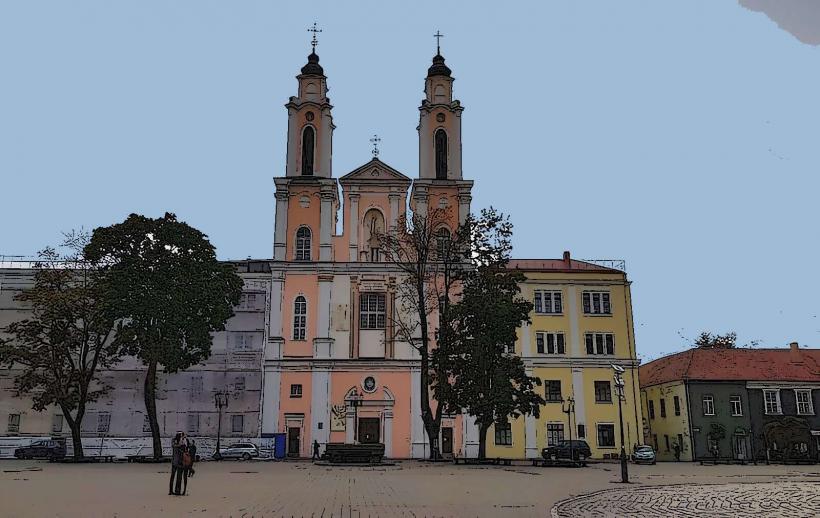Information
Landmark: Perkūnas HouseCity: Kaunas
Country: Lithuania
Continent: Europe
Perkūnas House (Perkūno namas) is one of the most remarkable and historically significant buildings in Kaunas, Lithuania. Located in the heart of the city, the house stands as an exceptional example of Renaissance architecture and is a testament to the city’s rich cultural and commercial history.
Overview and History:
Construction and Early History: Perkūnas House was built in the 16th century, around 1550, and is considered one of the most important examples of Renaissance architecture in Lithuania. It was initially constructed as a merchant’s house by a wealthy merchant and is believed to have been associated with the prominent Kaunas merchant families of the time.
The name "Perkūnas House" comes from Perkūnas, the ancient Lithuanian god of thunder and one of the most important deities in the pre-Christian Baltic pantheon. The building’s name is thought to be connected to the ancient pagan symbols and religious references that were carved into its architecture, particularly thunder symbols associated with Perkūnas.
Architectural Significance: The Perkūnas House is particularly well-known for its Renaissance-style design, with elements such as arched windows, ornate stonework, and decorative carvings that reflect the cultural exchange and architectural styles prevalent during the Renaissance period. The building's distinctive features include an ornate façade decorated with symbols of wealth, mythological motifs, and intricate stone detailing.
The house also features a masonry portal that is particularly impressive, with reliefs that may have originally depicted various pagan symbols or scenes of mythological importance. One of the key motifs associated with the building is the image of Perkūnas, the god of thunder, whose power was revered in ancient Lithuanian culture.
Later History and Function: Over the centuries, Perkūnas House has undergone various renovations and has served multiple purposes. During the 19th century, the building was adapted for various commercial and residential uses. In modern times, the house has been preserved as a historical and architectural monument.
Today, Perkūnas House is often associated with the legacy of Kaunas’ medieval and early modern past, and it stands as a symbol of the city’s historical significance as a center of trade and culture in the Grand Duchy of Lithuania.
Architectural Features:
Renaissance Facade: The facade of Perkūnas House is one of its most striking features, reflecting the wealth and status of the original owners. The building’s symmetrical, ornate design includes decorative elements such as arched windows, stone carvings, and gothic elements that blend with the Renaissance style. The facade presents a harmonious combination of vertical lines, ornate cornices, and detailed reliefs.
Stonework and Symbols: The building’s stonework includes intricate reliefs and carvings, some of which have religious and mythological symbolism. Notably, pagan symbols connected to Perkūnas, such as thunderbolts or storm motifs, can be found in the building’s architecture, as well as Christian elements introduced in later periods. These motifs represent the blend of Lithuanian folk traditions with Christian influences.
Interior Design: The interior of Perkūnas House is also remarkable, though it has been modified over the years. Some parts of the house retain their Renaissance-era features, including elements of the original fireplaces, wooden beams, and stone floors. The atmosphere inside evokes a sense of the opulence and wealth enjoyed by the merchants who once inhabited the house.
Cultural and Historical Significance:
Connection to Kaunas’ Merchant History: Perkūnas House is a prime example of the commercial wealth of Kaunas during the Renaissance and early modern period. It reflects the city’s importance as a center of trade, especially along the Neman River, which was a major trade route during that time. The house’s grandeur symbolizes the prosperity of local merchants who were integral to the region's economy.
Mythological and Religious Connections: The building’s name and decorative elements give it a unique cultural identity, rooted in the Lithuanian pagan tradition. The association with Perkūnas, the god of thunder, speaks to the deep roots of Lithuanian mythology and the importance of the natural world in the pre-Christian beliefs of the people. The combination of pagan and Christian symbols in the architecture reflects the complex cultural and religious history of Lithuania.
Modern Role: Today, Perkūnas House is an important tourist destination in Kaunas, attracting visitors interested in architecture, history, and Lithuanian culture. It is often used for cultural events, exhibitions, and historical tours, helping to preserve and showcase the city’s rich heritage.
Visitor Experience:
Museum and Exhibitions: Perkūnas House functions as a museum and cultural site where visitors can explore its unique architectural features and learn about the history of Kaunas and Lithuania. Exhibitions inside often focus on Renaissance architecture, Lithuanian mythology, and the history of Kaunas as a thriving medieval and early modern city.
Architectural Tours: The house is a popular stop on architectural tours of Kaunas, offering visitors the chance to admire the Renaissance design and detailed carvings while learning about the city’s architectural evolution. Some tours focus on the role of Perkūnas House in the context of Kaunas' development as a significant trade center.
Conclusion:
Perkūnas House is a true architectural gem in Kaunas, offering a glimpse into the city's Renaissance past and its rich cultural heritage. The building's unique mix of Renaissance architecture, pagan symbolism, and historical significance makes it an essential site for anyone interested in the history of Kaunas, Lithuanian mythology, and architectural beauty. Whether you are a history enthusiast, architecture lover, or simply curious about Kaunas' past, Perkūnas House offers a fascinating experience and a unique perspective on the city's development.

